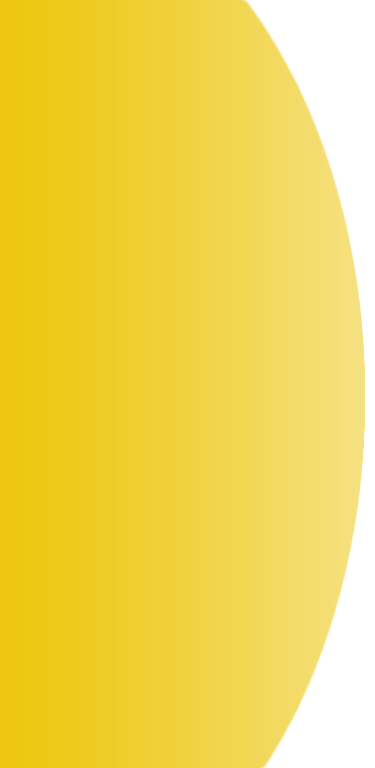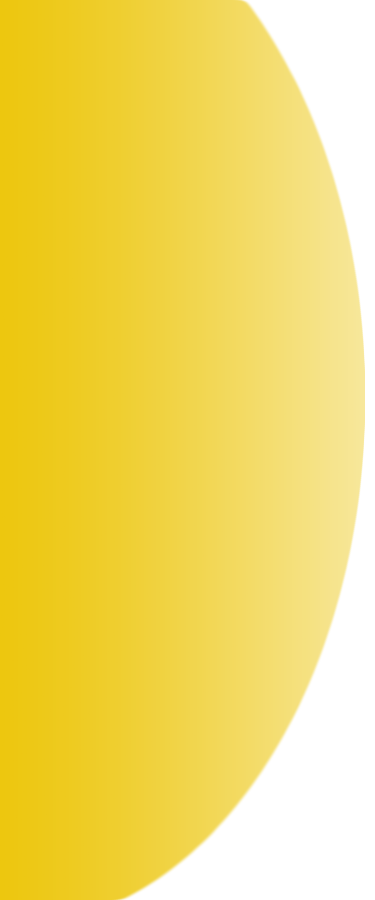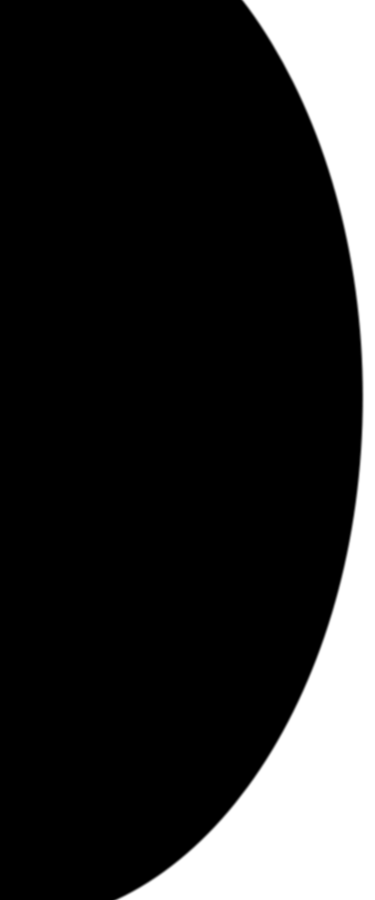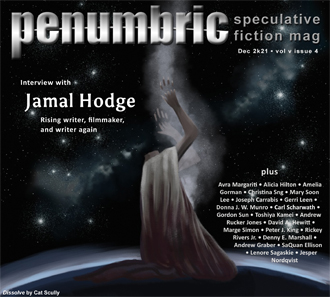From the Editor
by
Jeff Georgeson
previous next
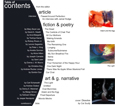

full contents
interview
Jamal Hodge
From the Editor
by
Jeff Georgeson
previous

full contents
next

interview
Jamal Hodge
From the Editor
by
Jeff Georgeson
previous next


full contents
interview
Jamal Hodge
previous

full contents
next

interview
Jamal Hodge
From the Editor by Jeff Georgeson
From the Editor
by Jeff Georgeson
As we approach the holidays amidst the ongoing and reinvigorated Covid pandemic, some of us are surviving by adding equal parts hope to anxiety, countering fear with philosophy, and excising religious Far Rightism with spirituality. Some of us (ok, me, at least) find this almost works most of the time, albeit it is imperfect—the hope of vaccines and booster shots struck sideways by crazy new virus variants, the hope of a new US administration made helpless by its own self-serving members and the legacy of a far right Supreme Court, the advance of human rights ignored as parts of the US try to regress to a White White Christmas as only exists in imaginations, while immigrants, refugees, and groups within our own country fight to retain their rights despite the ghost of Donald Trump spitting on us all, a terrible parody where Scrooge never changes and cares not a whit about Tiny Tim or anyone else crushed beneath his golden carriage wheels. Yet, despite the darkness all around, hope and spirit and thought can light a few candles, and if enough of us light them, we can at least see one another in the night, can perhaps see that there is a path, a link between us that can help us win through.
To that end, somehow this issue's theme bends toward those very things—philosophy, spirit, and maybe a little hope—even though I didn’t set out for any theme at all, really. I imagine the inspiration may have come from author/director Jamal Hodge, whom we interviewed for this issue and whose story is deep, intriguing, and inspiring. He tells us not only of how he got to this point (writing/directing award-winning films, including Mourning Meal, based on a Linda Addison poem, and creating his own written works, including poetry featured in this issue) but also his philosophy behind it all (or one could say philosophies, or certainly guiding principles).
We move on to the works in this issue, including tales that seem almost legends in Mary Soon Lee’s “The Dead” and David A. Hewitt’s “The Canticle of Chak Thel” (there is perhaps a bit of hope in the one and none in the other . . . or perhaps the other way round). We find new life in Rickey Rivers Jr.’s “Me-birth” and Avra Margariti’s “All Our Mothers,” albeit that life may be a little different than anticipated, as it is in Alicia Hilton’s “My Son Breathes Fire.” And where there is life, there is likely death and its ramifications, as in Lenore Sagaskie’s “The Remaining One” and Peter J. King’s “Longing,” or literally in “Four Horsemen of the Happy Hour” by Donna J. W. Munro, or more metaphorically in Amelia Gorman’s “Subsume/Submerse.” There are religious overtones in Christina Sng’s “One Dark Night,” Joseph Carrabis’ “Sema,” Gerri Leen’s “Slither,” and Andrew Rucker Jones’ “There Was No Apple When Mankind Fell,” with consequences in all. And, again, hope, as in Toshiya Kamei’s “Making Amends.” We end with Gordon Sun’s “Car Chat” and, of course, Jesper Nordqvist’s Mondo Mecho, taking us back to a somewhat lighter world . . . maybe.
The artwork presented in this issue follows the same themes. The Light by Carl Scharwath seems full of the hope of new beginnings, while Andrew Graber’s Untitled is more abstract and unsettling, and Oval Mummies by Denny E. Marshall speaks, perhaps, to the end, as does SaQuan Ellison’s Final Departure. Marge Simon’s Adam and the Egg, where placed, seems to reference both religion and beginnings (although what religion doesn’t?). And Cat Scully’s beautiful cover reaches for the stars, whilst both ending and (potentially) beginning again in Dissolve.
Of course, I may be minded to interpret these pieces in these ways due to my state of mind this particular year and this particular season—for you the puzzle may fit together differently, the themes explored covering different ground. But on the whole, I think you’ll find they fit together quite well, as a group both compelling and inspirational.
Enjoy, think, and hopefully the flawed perfection (to take a paraphrase from Jamal Hodge) of these works will give you the keys to exist well in this strange, imperfect world we’re living in, and to begin the new year with renewed strength, whether there be more bugbears around the corner or not.
Jeffrey Georgeson
Managing Editor
Penumbric
